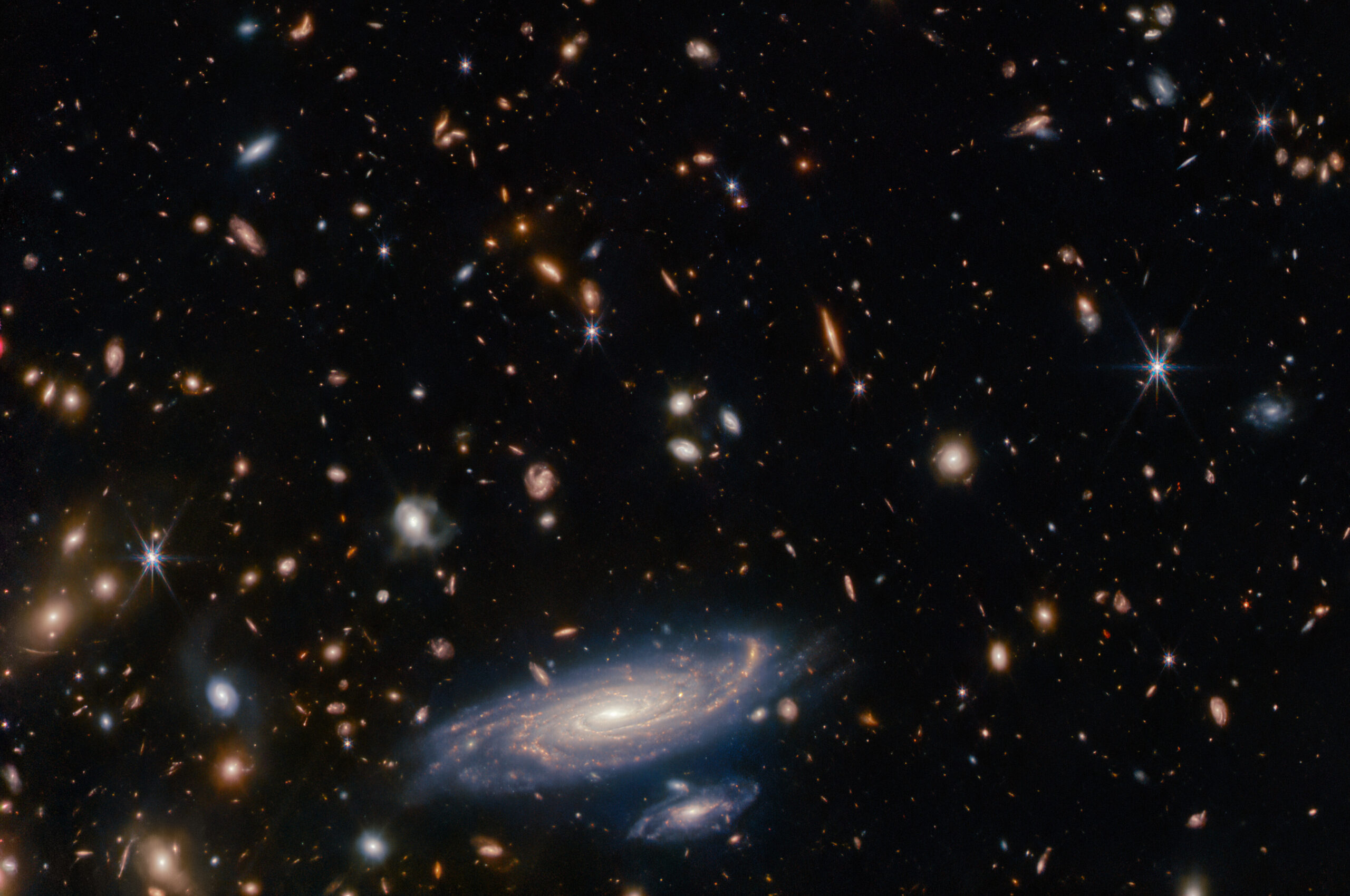Three new missions recently selected for implementation by NASA (DaVinci and Veritas) and ESA (EnVision) are opening a new era of space exploration, this time focusing on Earth’s neighbour and sibling, Venus. Few missions have been sent to Venus since the time of the early Venera missions by the then Soviet Union. An important reason lies with the substantial challenges that exploration of Venus faces because of its extreme surface conditions (450°C, 90 atmospheres pressure, and corrosive chemistry). The longest-lived Venera lander, for instance, survived for only two hours. A second factor is that the permanent cloud cover means that the only way to image the surface at high resolution is with an expensive, power-hungry and data-intensive imaging radar system.
But Venus is of interest even beyond planetary science because of its similarity in size to the Earth and because its atmosphere may have experienced a runaway-greenhouse, perhaps as recently as a billion years ago, turning a possibly habitable planet into an almost hellish place. How is it that two planets so similar in size, composition and distance from the Sun, can be so different? The three recently selected missions seek to address different and complementary aspects of these questions: DaVinci will provide a very detailed geochemical ‘snapshot’ through the atmosphere; Veritas will make a global geophysical survey; while EnVision will undertake a set of complementary targeted observations of the atmosphere, surface and interior. Its goals are to locate and characterise geological activity on the surface and to track how that activity drives atmospheric chemistry, especially in the clouds, and to infer how both evolved through time and, in particular, what evidence there may be for past oceans. To do so, EnVision carries an imaging radar (VenSAR), a sounding radar (SRS), a spectrometer suite (VenSpec-U and -H) and mapper (VenSpec-M) and will additionally conduct radio science experiments (RSE).
Richard Ghail is a Professor in the Department of Earth Sciences of the Royal Holloway University of London. Richard specializes in intra-plate tectonics on Earth and Venus uses radar interferometry (InSAR) to measure fault movements on exceedingly small scales of millimetres per year. He applies the technology to monitoring the surface effects of engineering in the ground and to understanding impact of intra-plate deformation on civil engineering infrastructure, particularly tunnels. He founded the Engineering Scale Geology Research Group to develop these ground investigation techniques and advance their study. Richard proposed Envision and led the ESA science study up to its selection. The mission will apply many of the InSAR technologies and techniques developed for ground engineering to characterise and measure geological activity on Venus.
Webinar was recorded on September 30, 2021
